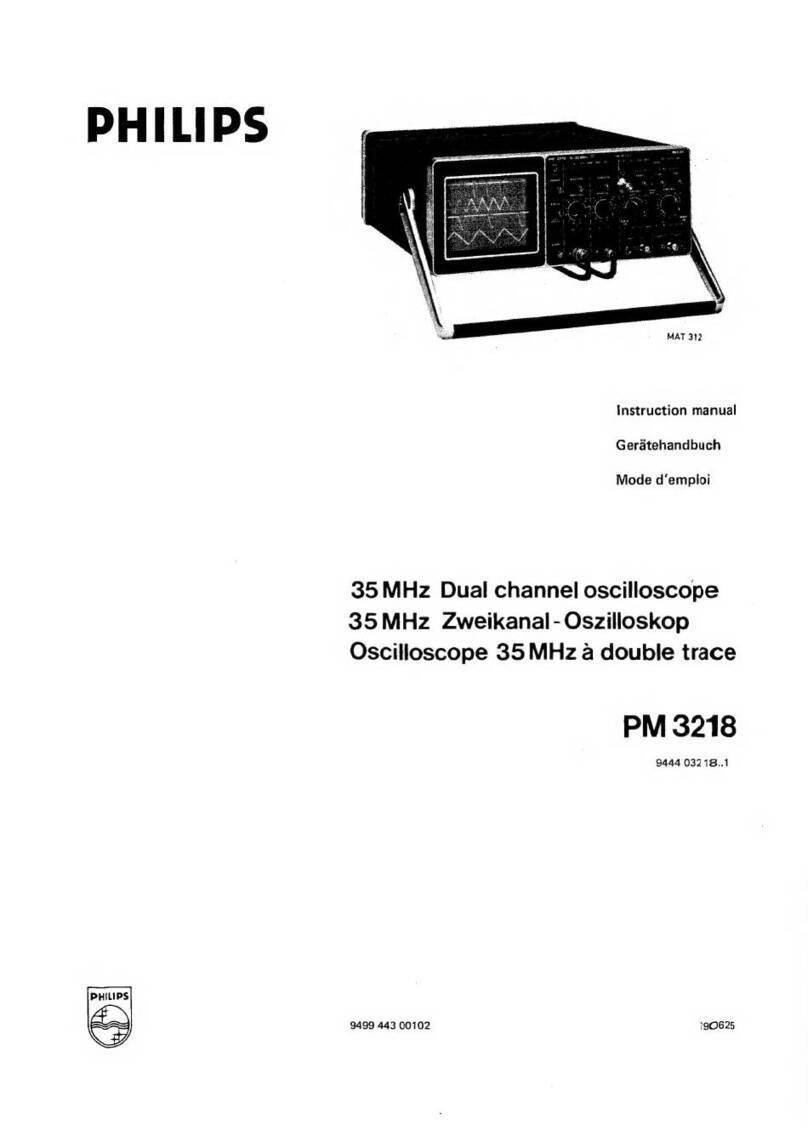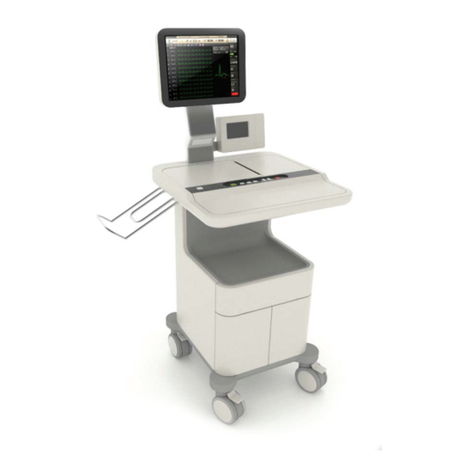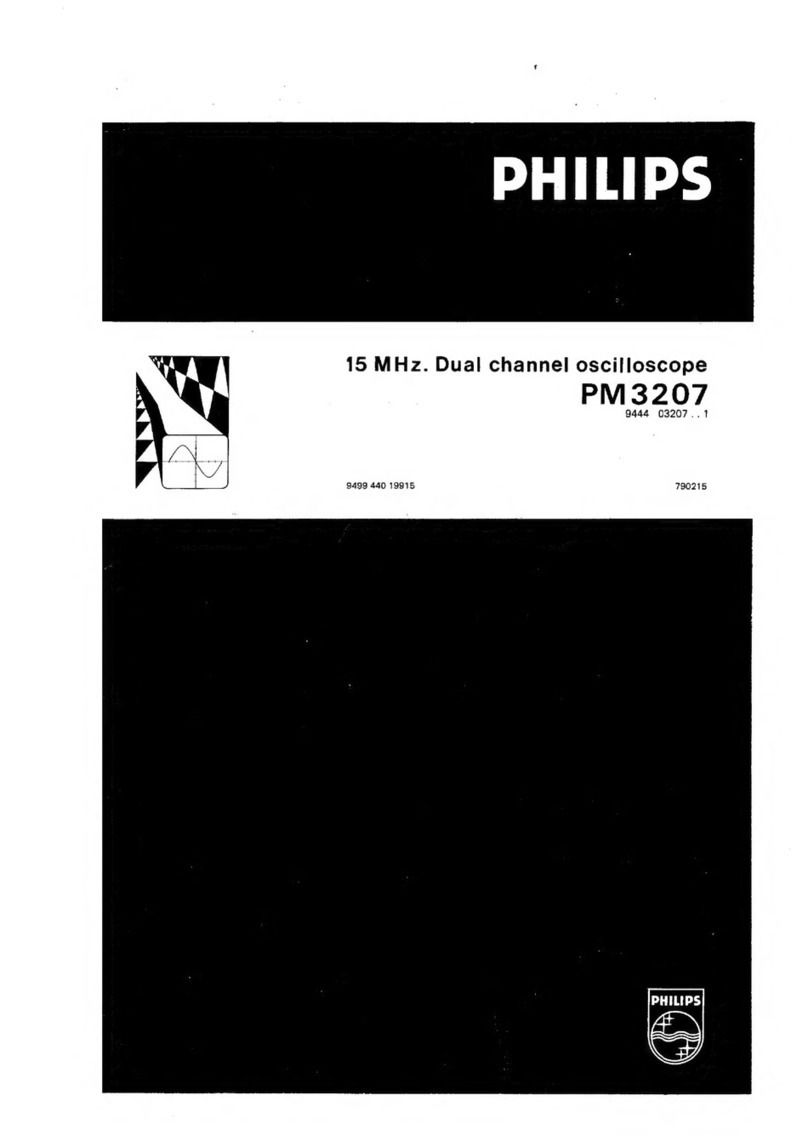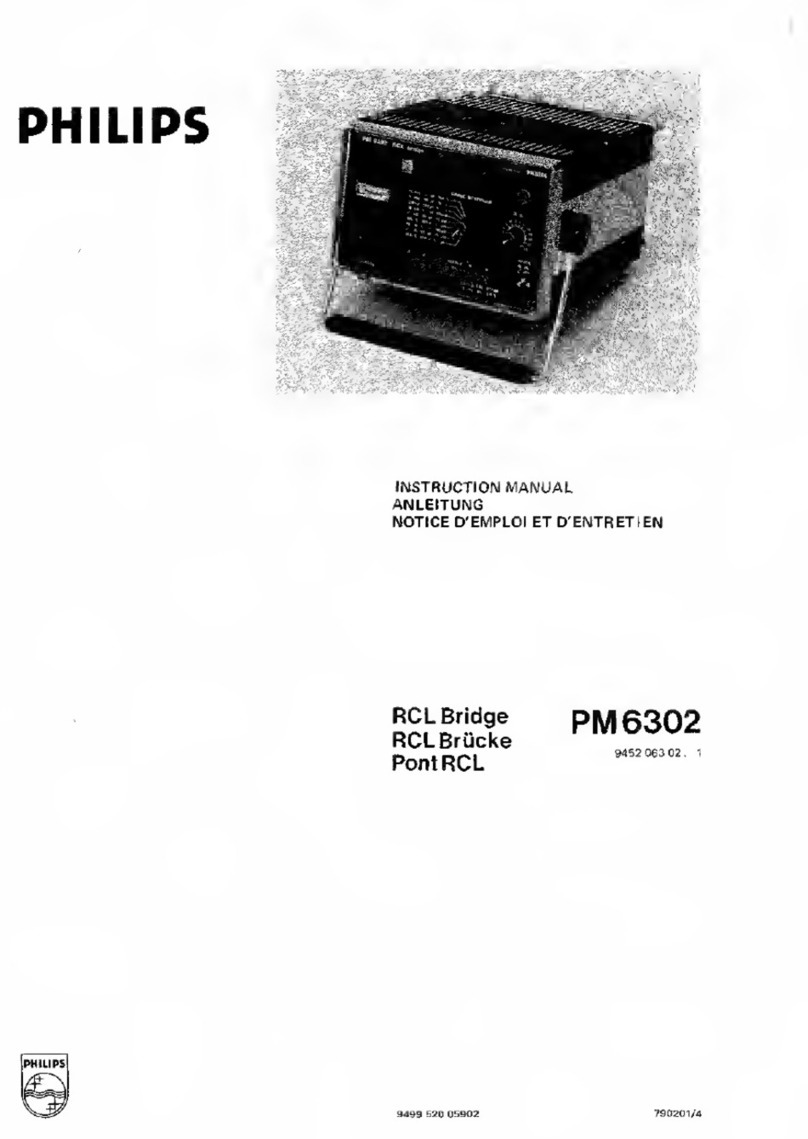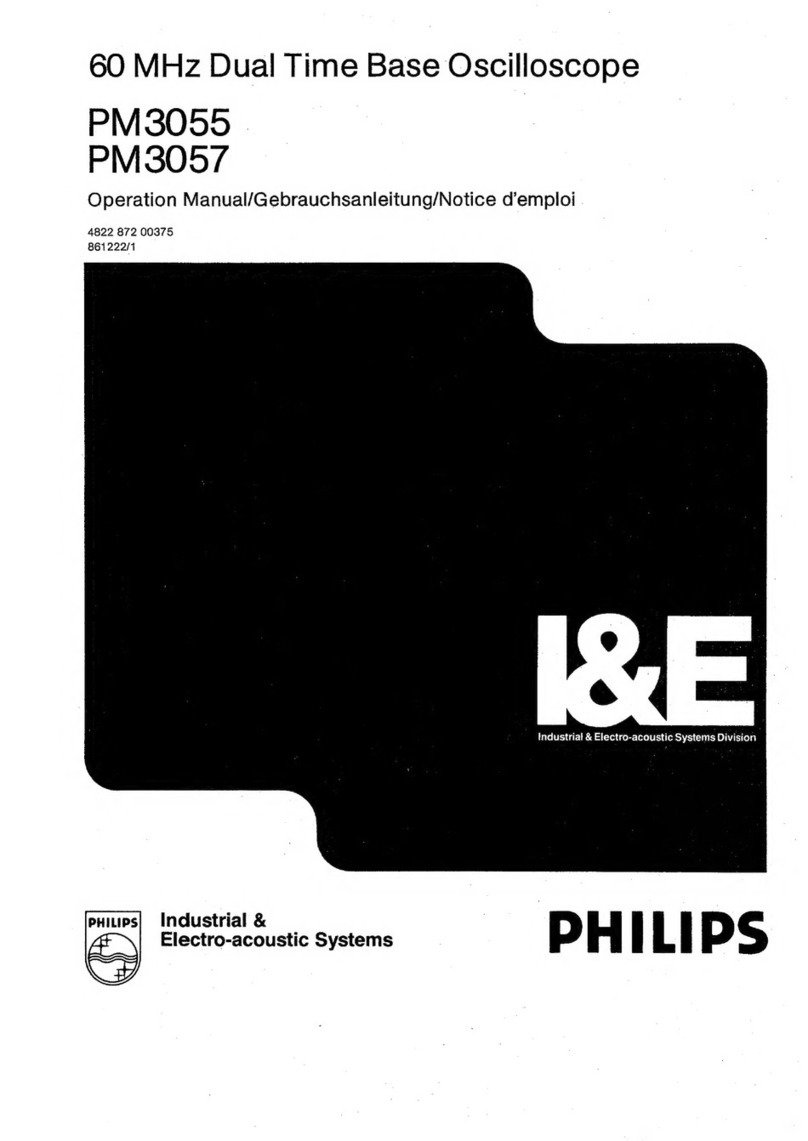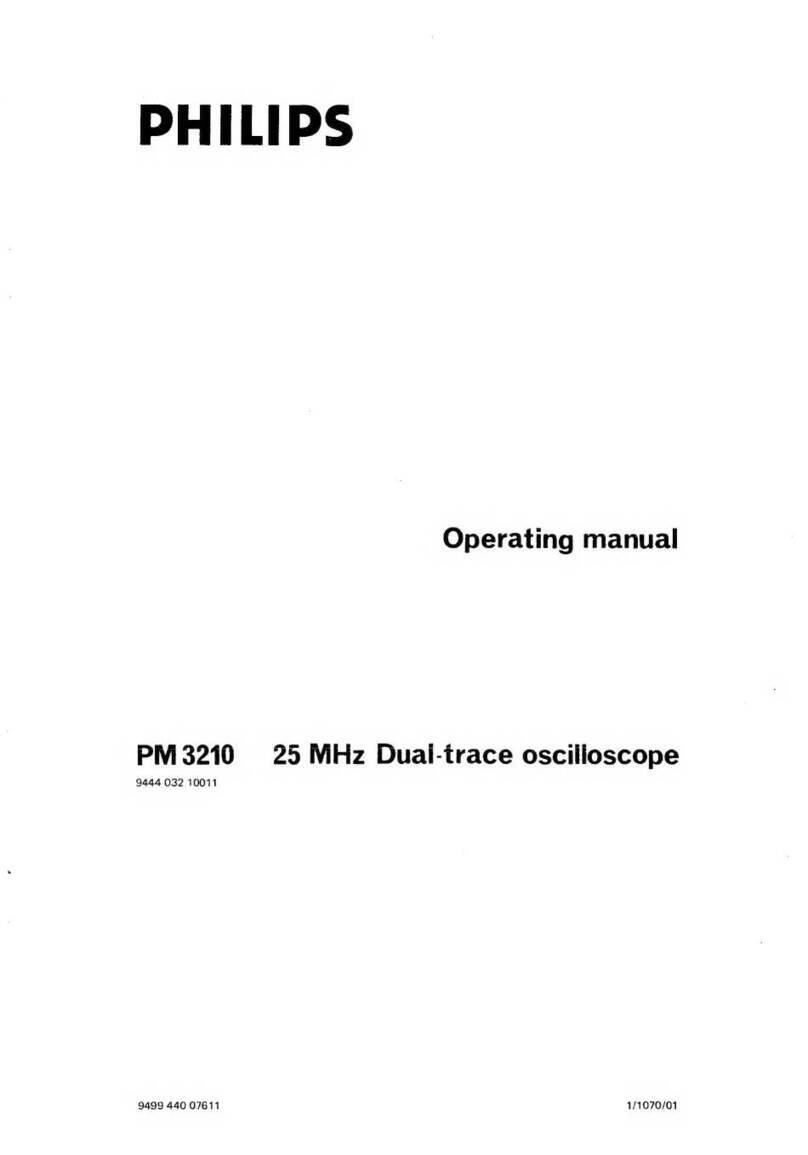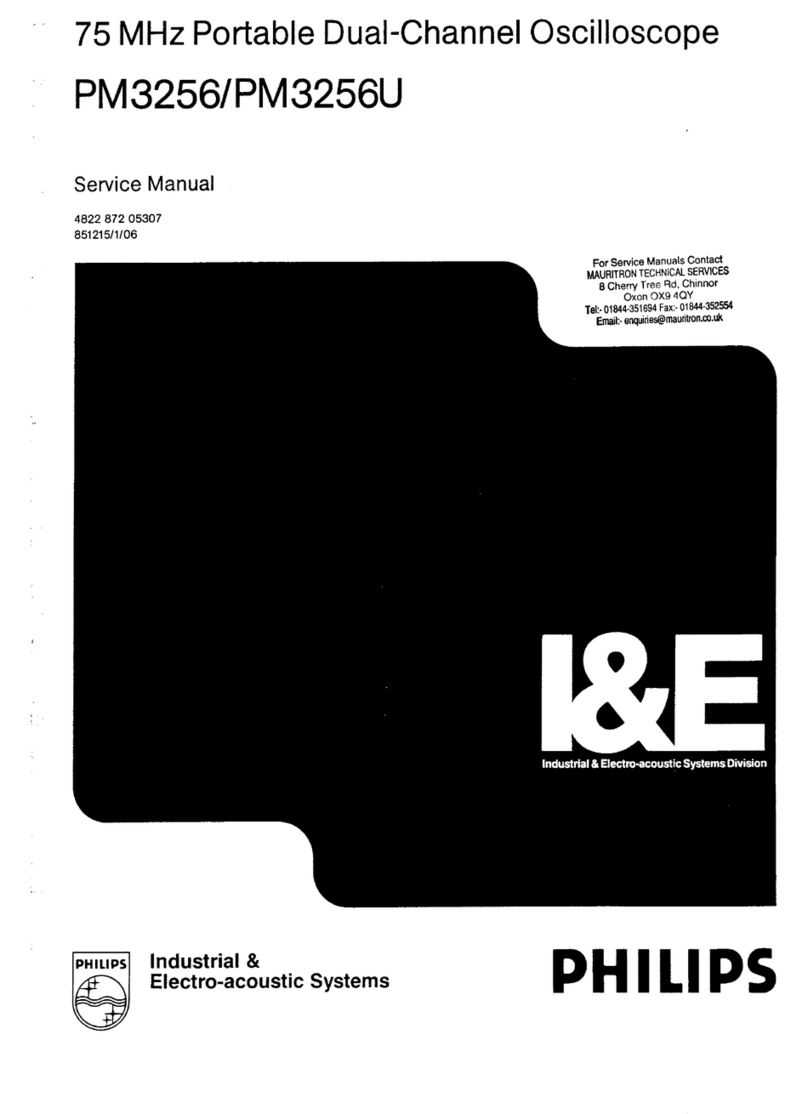
CONVERTER TEST KIT OPTIMUS
Contents
1Introduction ............................................................................................................................ 6
1.1 Scope of delivery .................................................................................................................................. 6
1.2 Tools ..................................................................................................................................................... 6
2Generator condition after failure event .................................................................................. 7
2.1 Special case ......................................................................................................................................... 7
2.2 All other cases ...................................................................................................................................... 7
2.3 Prerequisites before checking the generator ........................................................................................ 7
3Check of generator mains supply parts ................................................................................. 8
3.1 Condition(s) when the service comes to the site .................................................................................. 8
3.1.1 ENF2 tripped, possibly in combination with ENF1 and mains fuses .................................................... 8
3.1.2 ENF1 tripped, possibly in combination with mains fuses ..................................................................... 9
3.2 Check for open springs at damping resistors ....................................................................................... 9
3.3 Check for contacts that are welded at breakers and contactors .......................................................... 9
4Converter checks (EQ frontal and E2Q rear) ...................................................................... 11
4.1 Visual converter check ....................................................................................................................... 11
4.2 Measuring of converter parts .............................................................................................................. 11
4.2.1 Rectifier check .................................................................................................................................... 11
4.2.2 IGBT check ......................................................................................................................................... 11
4.2.3 Overvoltage diode check .................................................................................................................... 12
4.2.4 Resistor check (PCB versions 4512 108 0862x / 0934x) ................................................................... 12
4.2.5 Power cable harness check ............................................................................................................... 13
4.2.6 Resonance capacitor check ............................................................................................................... 13
5Check of the high-voltage transformer ................................................................................ 14
5.1 Analysis .............................................................................................................................................. 14
6Visual check of the X-ray tube ............................................................................................. 16
7Interim results ...................................................................................................................... 17
8Tube check with Rotor Control Part 1 .................................................................................. 18
Converter test kit OPTIMUS for OPTIMUS 50/65/80 gen‐
erators release 3.x with converters 4512 104 7231x
4 CSIP Level 1 (08.0)
© 2008 Koninklijke Philips Electronics N.V.
ALL RIGHTS RESERVED
Conv test Optimus
